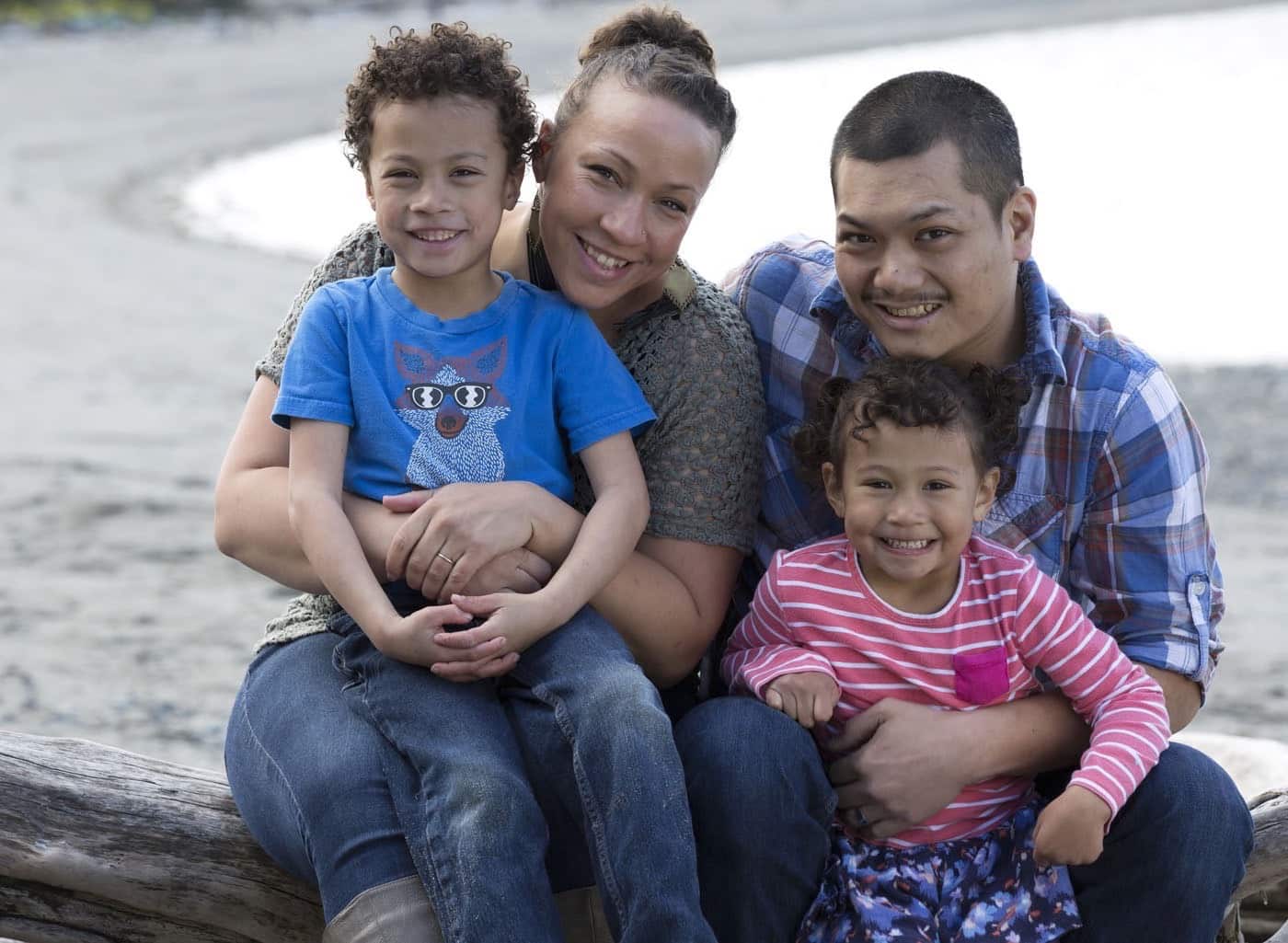So you want to do something about racial equity?
Where do you even start?
From our work, we’ve seen that communities of color are best served by nonprofits in their own neighborhoods. We know that part of the solution is empowering nonprofits already in place to do their best work. That means support networks and funding.
That’s where our Racial Equity Technical Assistance project comes in. Six nonprofits—Para Los Ninos, Children’s Home Society of Washington, the Atlantic Street Center, Coalition for Refugees from Burma, Chinese Information and Service Center and Kindering—recently met to exchange ideas.
They talked about board membership, strategies for attracting new donors and funding strategies, all in the name of helping communities of color. It lead to three key lessons on promoting racial equity. You can read the final report here.
- Listen to, fund, and trust community of color-based organizations.
The best way to support communities of color is to invest in them. Grassroots nonprofits understand the needs and nuances of their communities better than anyone. Yet, they’re often underfunded and under-resourced, leaving larger organizations from outside the community to help. They bring an outsider’s perceptive and might probably don’t understand immediate needs.
As one organization on the project said, “If you’re about equity, you need to equitably fund [people of color] agencies. This means investing where the need is. There should be more investment in people meeting those needs from those communities.”
- Leverage relationships between agencies and make time and space for shared learning opportunities.
No one is in this alone. Throughout the project, organizations gathered for monthly meetings to foster relationships, talk racial equity best practices and offer support. Participants found that monthly meetings meant sustaining energy and reinforced the idea that even though communities are unique, nonprofits in communities of color face similar challenges. By strengthening relationships, they found new opportunities to collaborate.
Mona Han, executive director of Coalition for Refugees from Burma, commented on the communal mindset in these monthly meetings, saying “Anything that’s mine is hers.”
- Step up, then step back.
The key takeaway in promoting racial equity is that nonprofits based in communities of color are the ones best-equipped to do this work. They’re the ones facing racial inequities on the daily. As they are the ones dealing with racial inequity, they are also the ones who know better than anyone what needs to be done to address disparities. While mainstream organizations can try to learn about the communities they are serving, they will never be able to fully know what it is like to be part of that community. So, they can instead partner with communities of color-based organizations and hire people from affected communities in decision-making roles to gain the expertise necessary to serve these communities.
“People can learn language, but the culture is in your DNA. It cannot be learned.”
It’s one thing to talk about commitment to racial equity, but proactively addressing these disparities means first listening to and supporting the communities in the ways they know are best.





Comments